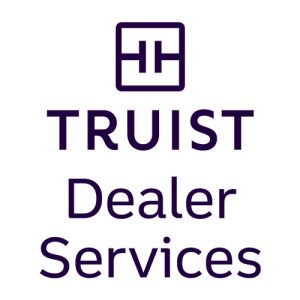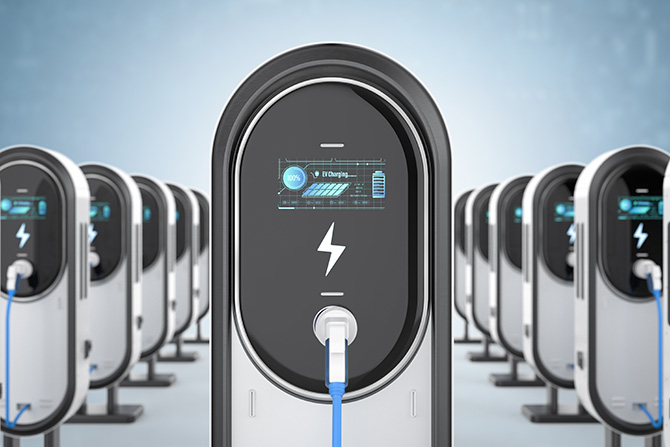Tailwinds in the auto retailing business continue to provide resources for dealers to build out programs that strengthen their business model and deliver more value to customers. Properly structured and managed finance and insurance (F&I) reinsurance programs are an example of programs that can deliver a steady boost to dealer financial performance. While dealers need to focus on the product and sales side of these programs, it’s the often-overlooked reinsurance components that can deliver added profitability and provide a means of accumulating assets.
The structure of F&I programs often changes over time. Many dealers start by offering warranty plans and service contracts that are directly managed and collateralized by a third-party provider or insurance company. In this arrangement, premiums are deposited into a custodial account that holds the premium reserve funds used to cover warranty and service claims. The provider, or insurer, is responsible for the funds in the custodial account. Profits are earned from any unused funds (profits) retained after claims are paid out.
Different reinsurance opportunities emerge as programs mature. By setting up their own reinsurance company and trust, dealers can assume more risk and capture a greater share of the underwriting profits and investment income that these programs generate.
How Does a Dealer-Owned Reinsurance Trust Work?
A dealer establishes a reinsurance company for the purpose of reinsuring F&I products.
This approach shifts the risk to the dealer, but acting as your own reinsurer means you gain more control over how the premium funds are invested — and impacts the returns you earn. Dealer-owned reinsurance companies partner with a commercial insurance company that underwrites the F&I products. Referred to as the “fronting” company, this insurance partner gets a portion of the premiums paid, although the dealer reinsurance company assumes the risk and responsibility for the payment of claims.
Unearned Premium Reserve (UPR) funds are used for paying out claims. Premiums are deposited into trust accounts set up by the dealer insurance company. The state, or the insurer, sets guidelines restricting how UPR funds can be invested.
A Surplus Account Could Mean Higher Returns
At the end of a policy or contract term, unused premiums create a surplus. Some dealers choose to set up a separate “B” account within the reinsurance trust for these surplus or “earned” funds.
Unused premiums are considered “earned” funds and are not subject to the same restrictions as the UPR funds. This means they can be invested in equities and other securities that offer higher expected yields than the more conservative investments required for the UPR funds.
The dealer has full access to money in the “B” account, which can be used at any time. A lower loss ratio generates more surplus. If it remains in the trust, it can grow without triggering an increase in your taxable income.
Beyond the Obvious Benefits
Although the primary objective of forming your own reinsurance company is to have more control and capture more profit and income, it can provide additional benefits when used strategically. Your reinsurance program can help you build wealth, fund your succession plan, create golden handcuffs for key employees and much more. Plus, you can establish as many reinsurance companies as you like.
An effectively structured and well-managed reinsurance program can generate considerable wealth and you can put it to use in several different ways:
- Diversify your retirement income stream and help you reach your financial goals more quickly.
- Designate funds for succession planning by building the working capital future leaders will need as they assume a leadership position. If you hope to pass on the dealership to your children one day, a reinsurance trust for their benefit can be a source of capital they can use to purchase the dealership.
- Funds to reward and retain valuable employees on your team. In this scenario, you’d form a reinsurance trust for key employees to serve as a type of deferred compensation plan.
- Capital for expansion through strategic buy/sells or for scaling the existing operations to compete in the consolidating auto retail sector.
Optimizing Your Investment Performance
Minimize risk and maximize performance by seeking out an investment manager with a track record of investment performance and expertise in auto dealer reinsurance trusts.
The right investment manager will outline the structure and investment policies for your UPR funds to stay within insurer and regulatory requirements and help you set realistic expectations for the returns from your “B” account. They’ll build your portfolio to meet your risk tolerance and timing goals.
Fees and expenses are often overlooked but can impact your reinsurance trust returns. Some investment managers augment low management fees for investment portfolios by including their own proprietary funds. These funds, which generate incremental fees, are easy to miss, so look for them and ask for a full disclosure of all fees and expenses, along with an explanation of each.
Talk to Truist to get the most from your reinsurance programs. Truist has the specialized expertise and experience to help you structure your reinsurance programs and get the most out of them. We offer a dedicated team of experts focused exclusively on collateral management and reinsurance trust investing, and we’re ready to help you set up your program. To learn more about Truist Dealer Services, visit our website at Truist.com/DealerServices.
Truist Bank, Member FDIC. © 2024 Truist Financial Corporation. Truist, the Truist logo and Truist Purple are service marks of Truist Financial Corporation. Equal Housing Lender.









